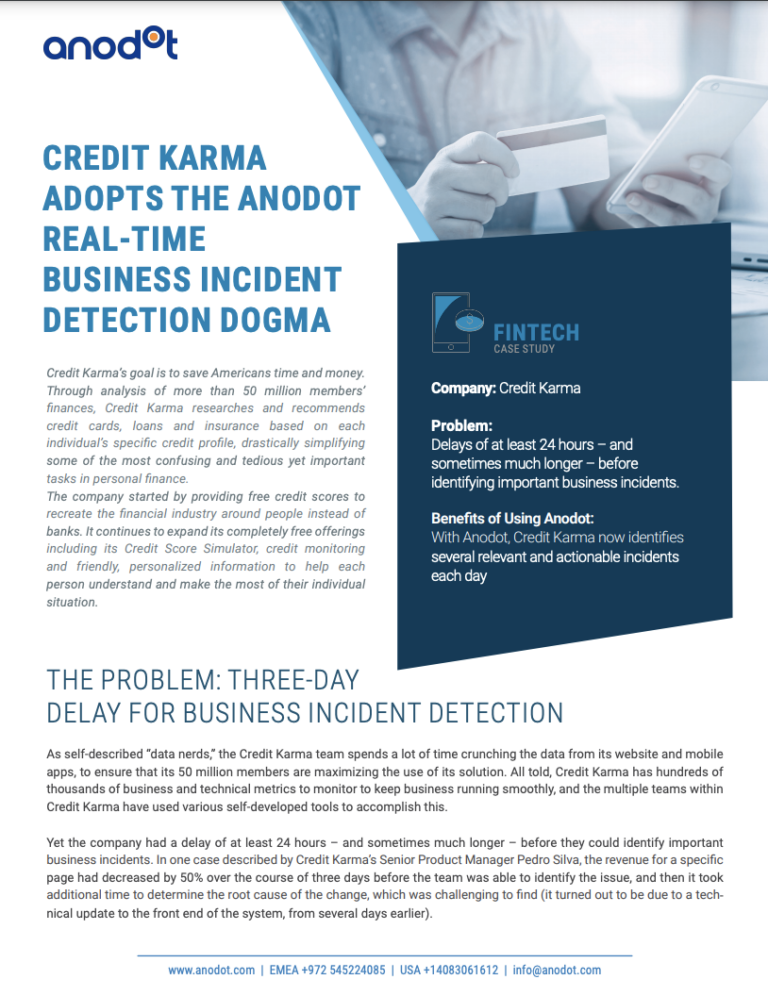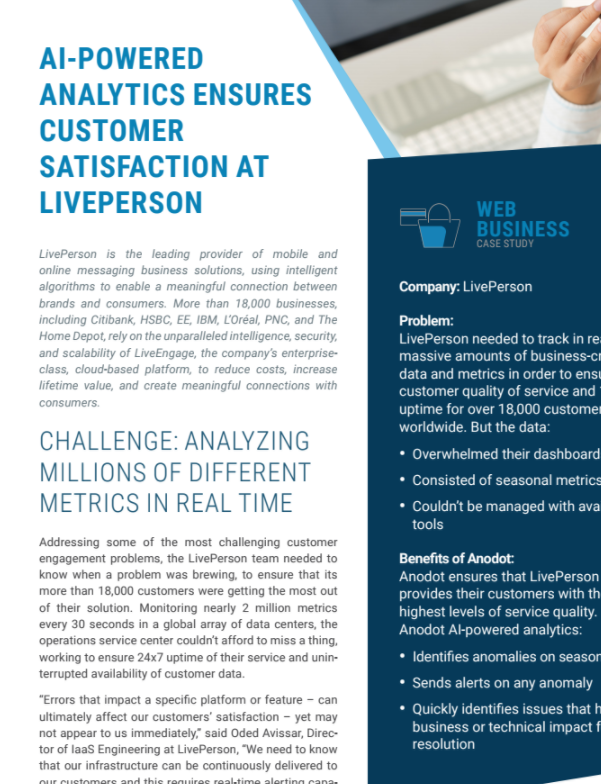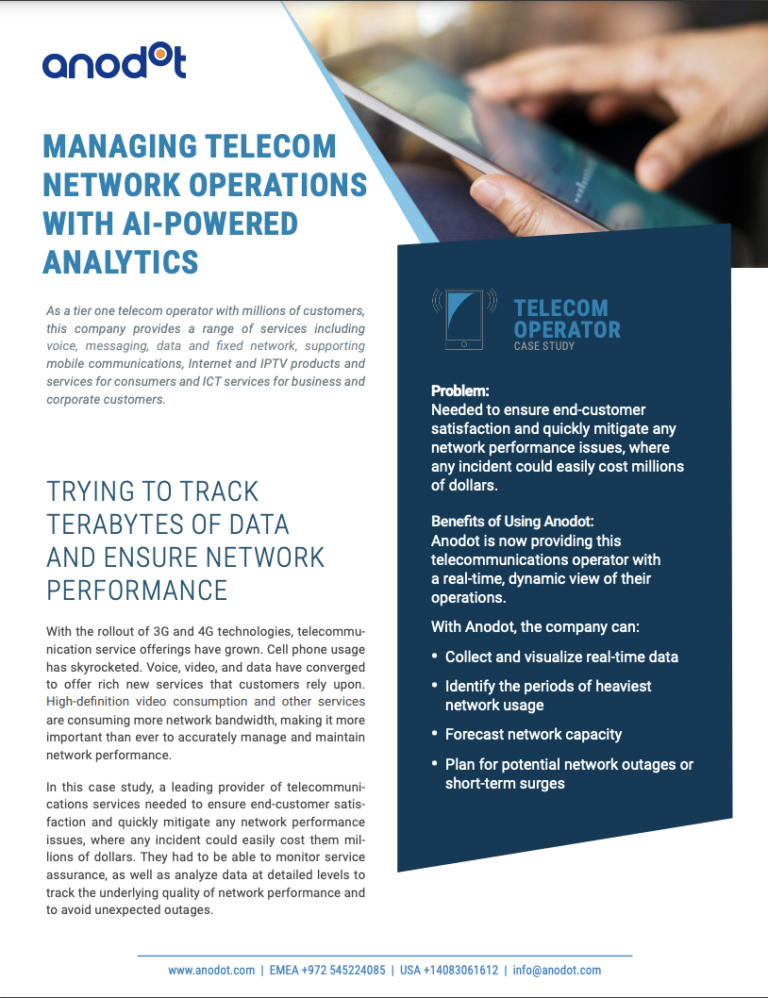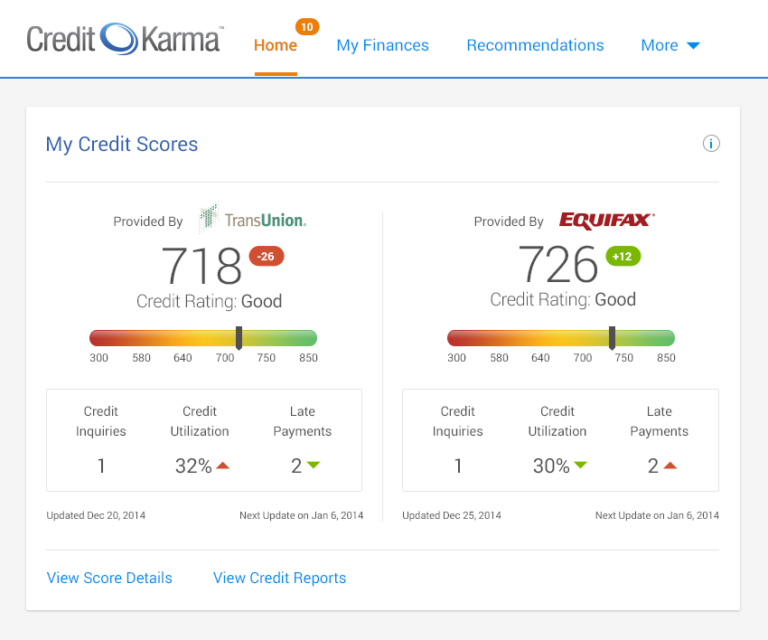Blog Post
4 min read
Seven Lessons To Get You Through the First Two Years in a Startup
It feels like just yesterday we painted the walls of our office and started our journey of building Anodot, a machine learning SaaS platform for detecting business incidents in real time at massive scale. Since that day, two years ago, we’ve learned many lessons as we’ve grown our company.
Lesson 1: Superstitions can help you explain the unexplainable
On day one we were six – Menny, Yonatan, Yuval, David, Shay and myself – and on the second day we added a seventh – Anofish. Anofish turned out to be a crucial member of the team – when he felt bad, we hit lows – our system became unstable, critical bugs surfaced, and promising leads turned sour. When he was active and happy, it was the other way around. Luckily, he only died twice and has been healthy for quite some time — knock wood. Which leads us to the next lesson…
Lesson 2: Be prepared for the worst, even if you know it will never happen…because actually it will.
We learned that thwarting the evil eye is a day to day task in startup life, i.e. ignore the evil eye at your peril. Everything that can go wrong, goes wrong – even if the odds are very slim. A one in a million chance of something bad happening turned out to happen more often than we thought. We now know that anomalies happen all the time, and they always happen when you least expect it.
Luckily, this observation is exactly the reason there is a market for our solution, that detects anomalies for so many others.
Lesson 3: Know how to talk about your technology even if woken up in the middle of the night.
Lesson’s 3 & 4 relate to the many funny moments (aka embarrassing) from which we learned a lot. One evening, I got a phone call asking me why I haven’t arrived to a Meetup where I had promised to give a talk – realizing that I totally forgot, but still managed to rush there, I prepare a few slides in the car and gave a 1.5 hour talk about anomaly detection to a full room.
Lesson 4: Don’t let Waze autocomplete the address on your way to an important meeting.
And there was that day David arrived to an important meeting realizing that he found the right street, but the wrong city. Oops.
Lesson 5: Data scientists don’t know shit about DevOps, at least this one doesn’t…Hire a pro.
Co-founders have to wear a lot of hats, and we often find ourselves doing things that we weren’t exactly trained to do, just because, well, it’s got to get done. But there is a time and a place for a pro, and we learned that the hard way when our system went down on a Friday night because I accidentally deleted the security rule that allowed the servers to speak to each other. Double oops.
The last two years have been a journey. We started with building the product, getting an alpha out to design partners, releasing the beta and deciding three weeks later that we need to redo the entire UI. Seeing the new product several months later, the excitement of our first sale, and the happiness that it wasn’t just a fluke – and there have been many, many more sales since then.
We also grew our team…which leads us to lesson 6…
Lesson 6: Don’t take yourselves too seriously.
…because after Anofish came Irit – my evil alter-ego mannequin.
And finally,
Lesson 7: Surround yourself with great people that you enjoy seeing every day.
We came back to recruiting actual humans after Irit. With the addition of Tomer, Asaf, Sharon, Meir, Amir, Uri, Jon, Bill, Rebecca, Mark and Kevin, we have an awesome team that makes it so easy to come every day to the office and work through the ups and downs of startup life.
Just like having a child, there have been joyous moments and sleepless nights, many ups, and many downs. But we never lost faith that we have the most beautiful and gifted child in the world. We know our child will succeed, and we’re here to make sure she does.
So here’s to the terrific twos!
Read more








